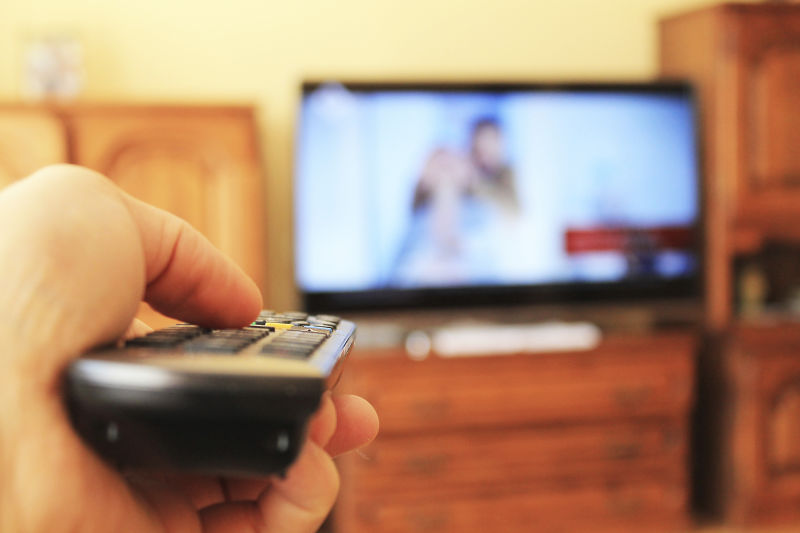Nearly nine in 10 of the fictional characters were white, versus 36 percent in real life. About 30 percent of American women who choose abortions are black and about 25 percent are Latino. Fictional characters were far less likely to be parents -- about 15 percent versus more than 60 percent in real life.
"All these factors work together," Sisson said, "to build an interesting social myth, which is that women who get abortions aren't mothers and they don't want to be mothers. Where we know that the majority of women getting abortions are already parenting and the vast majority intend to parent during their lives."
In addition to the demographics, dramatic depictions of the reasons for abortion were also not reflective of the reasons real women obtain the procedure. Women on television tended to say they were choosing abortion because having a child would interfere with educational or career plans, what Sisson called "self-focused" reasons. In reality, women in real life tend to cite "other-focused" reasons. In particular, women will often cite a need to take care of the children they have or that they can't afford another child, Sisson said.
"Taken together, this pattern of reasons can contribute to the construction of abortion as a self-focused decision, and to the belief that abortions are 'wanted' because of personal desires rather than 'needed' because of circumstances such as poverty," the researchers wrote about the television characters.
Over 40 percent of U.S. women who have abortions are below the federal poverty level, the researchers noted, but on television, 82 percent of characters having abortions were upper or middle class.
Sisson said that abortion is a "stigmatized procedure" that few people discuss openly. "So very few people have a context for the reality of abortion care ... so these fictional stories that happen on screen can have greater power to influence perceptions of what that care looks like in real life."
She cites the fictional character of Claire Underwood, deftly played by Robin Wright in the Emmy-winning House of Cards, as one example that could mislead viewers about abortion. The affluent character "lies about the number of and reasons for her abortions, and she has the abortions because she does not want children," Sisson points out. "Additionally, her doctor implies that multiple abortions might lead to infertility — which they don't."
Depictions that are demographically more realistic, at least in some ways, may have other flaws, Sisson says, but they add some complexity as far as representation of the different kinds of women who choose abortion, and their motivation. Among these, she cites Shameless, where one character has an abortion because she can't afford a child, or Grey's Anatomy, which depicts a woman of color in her 30s choosing abortion.
In particular, the researchers found that the death rate for women on television who had abortions was about 10 percent. In reality, the actual death rate is merely a fraction of that, 0.0015 percent according to data from the Centers for Disease Control and Prevention, more than a 6,000-fold difference.
While the study did not look at audience impact -- that analysis is coming, Sisson said -- she theorized that depictions of women choosing abortion may influence policy.
"It's easy to postulate," she said, "if you see a lot of stories where women are changing their mind in the waiting room, then public policies such as waiting periods might make sense. ... If you see a lot of teenagers getting abortion on television, then policies such as parental consent or parental notification laws might make sense."
In addition to the analysis of audience impact, Sisson said a review in the coming months will look at television depictions of abortion providers.
